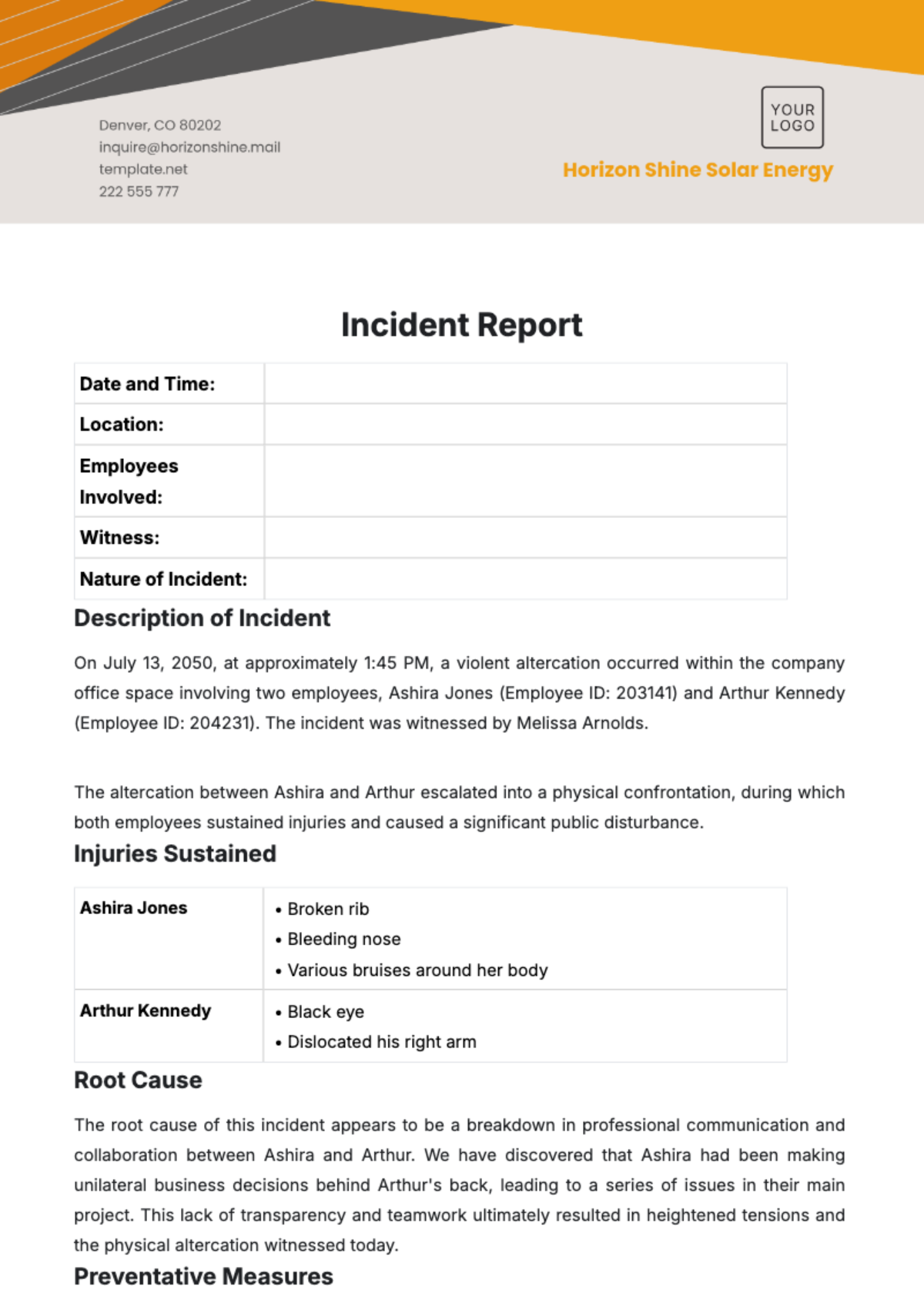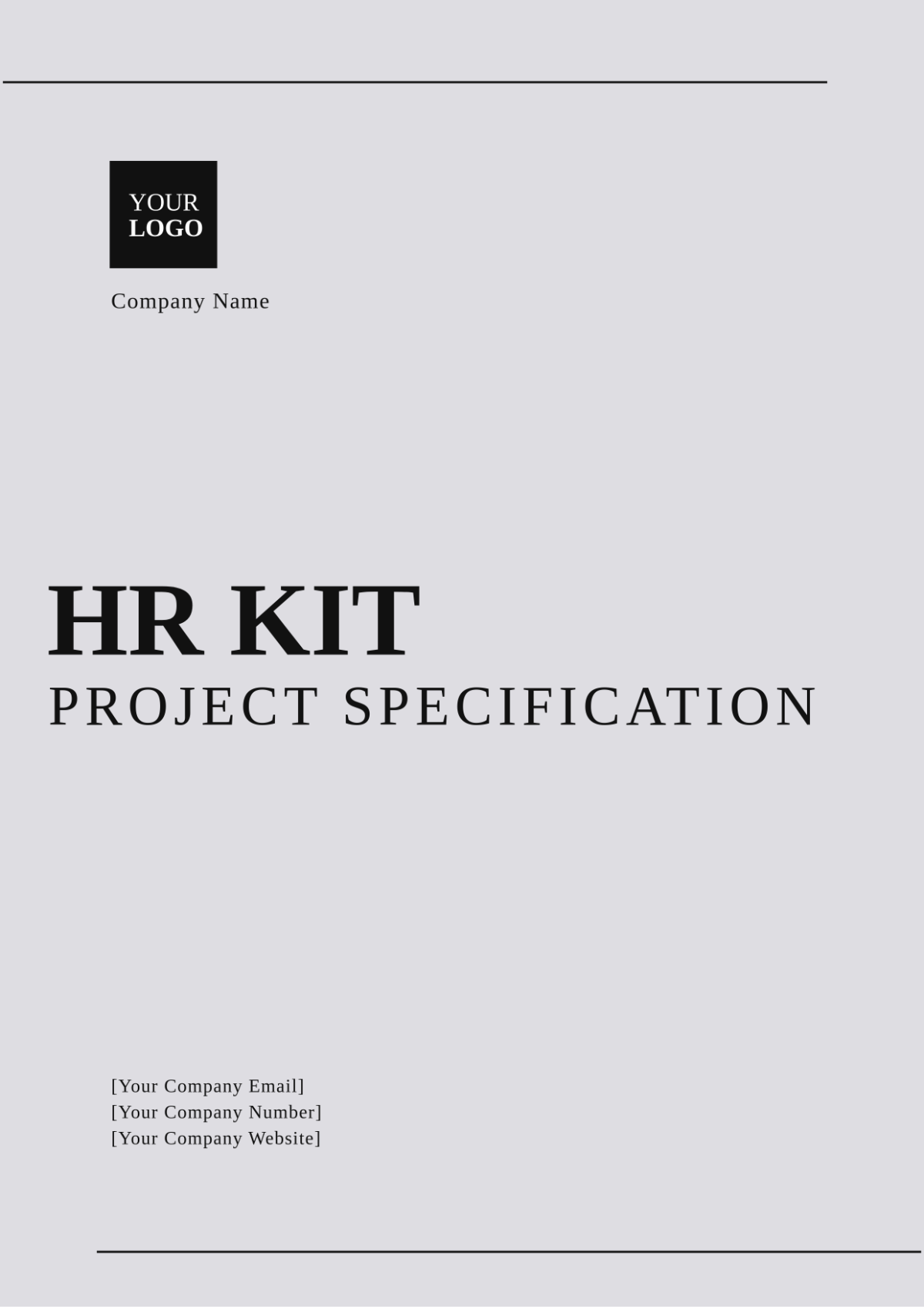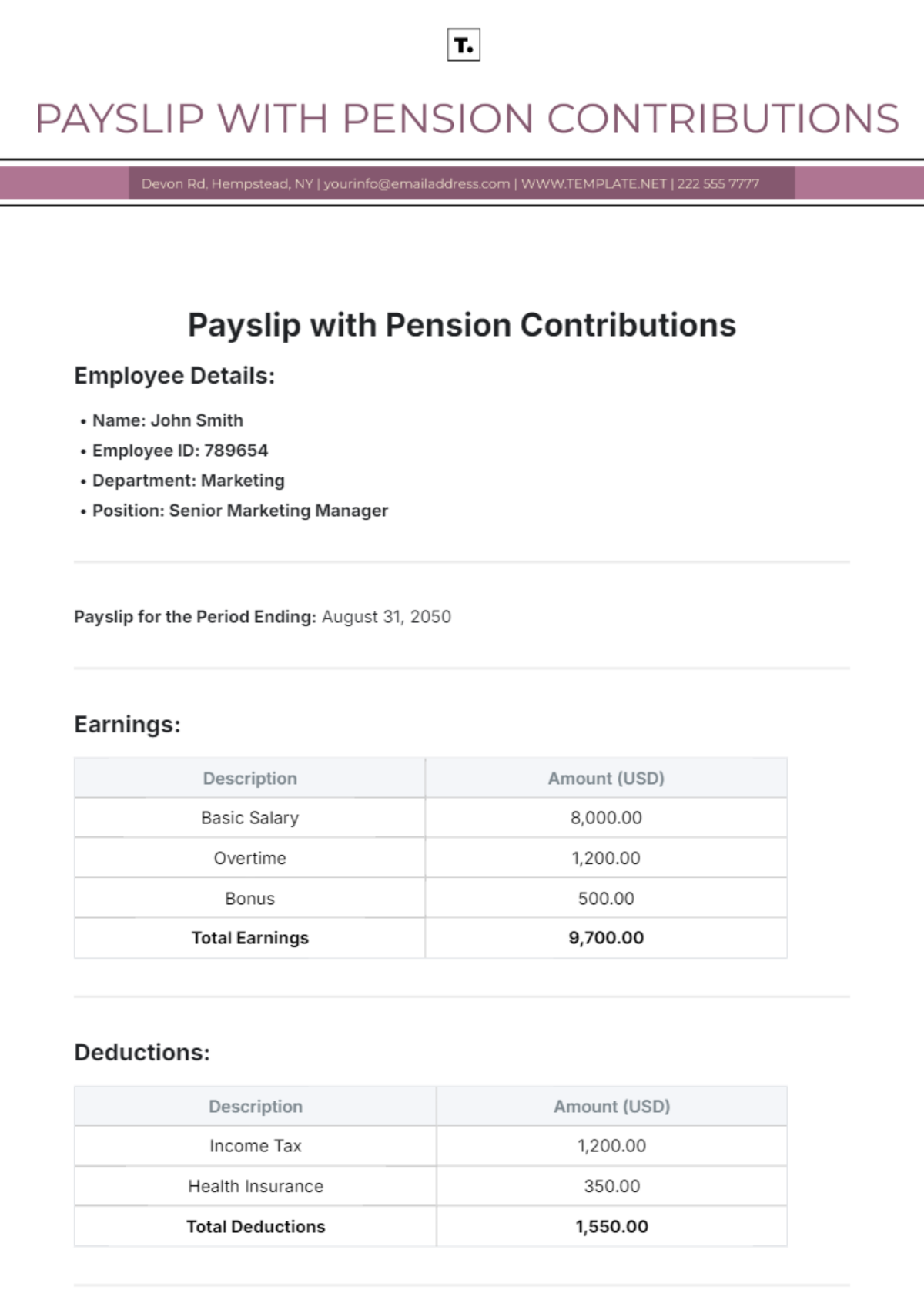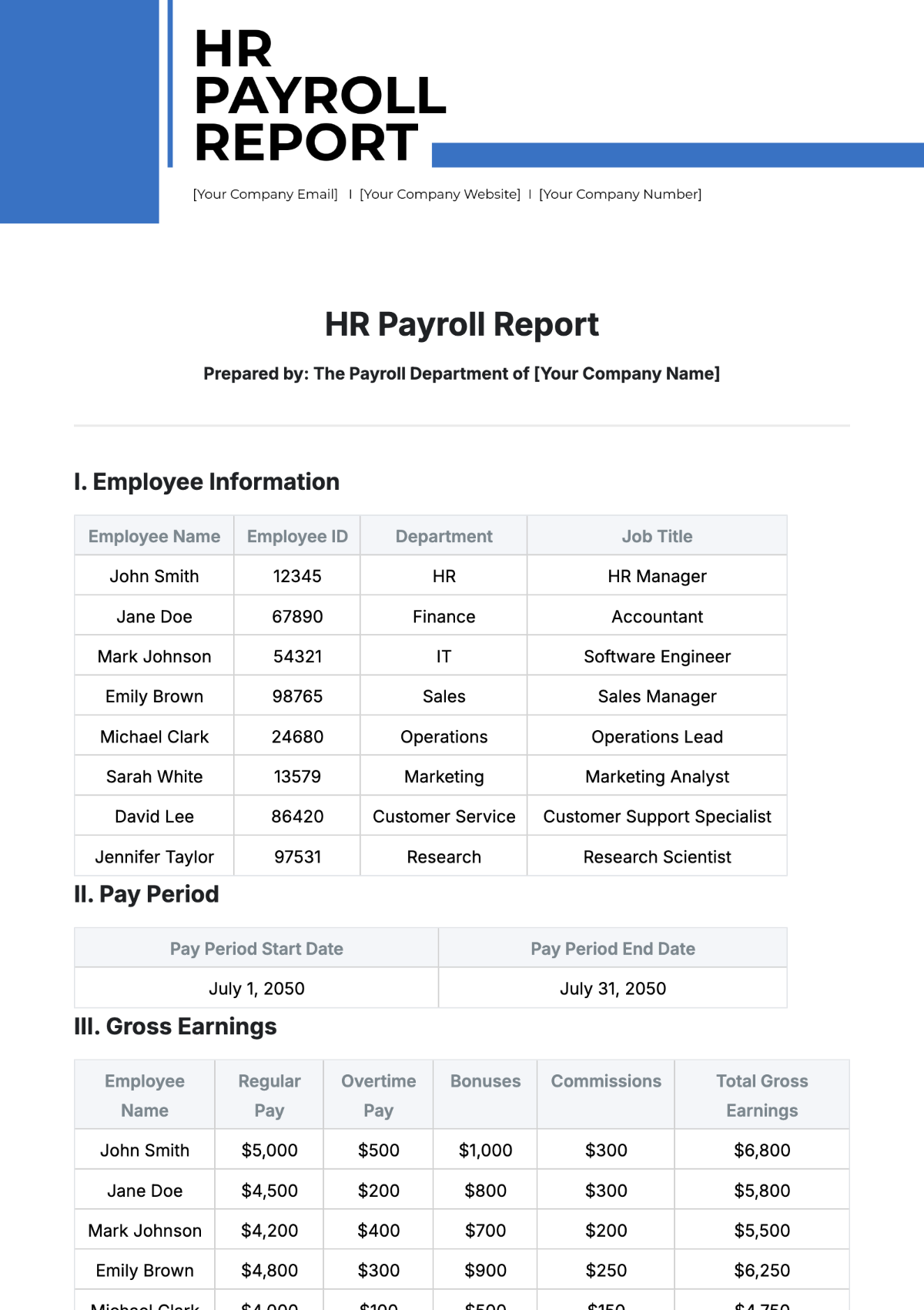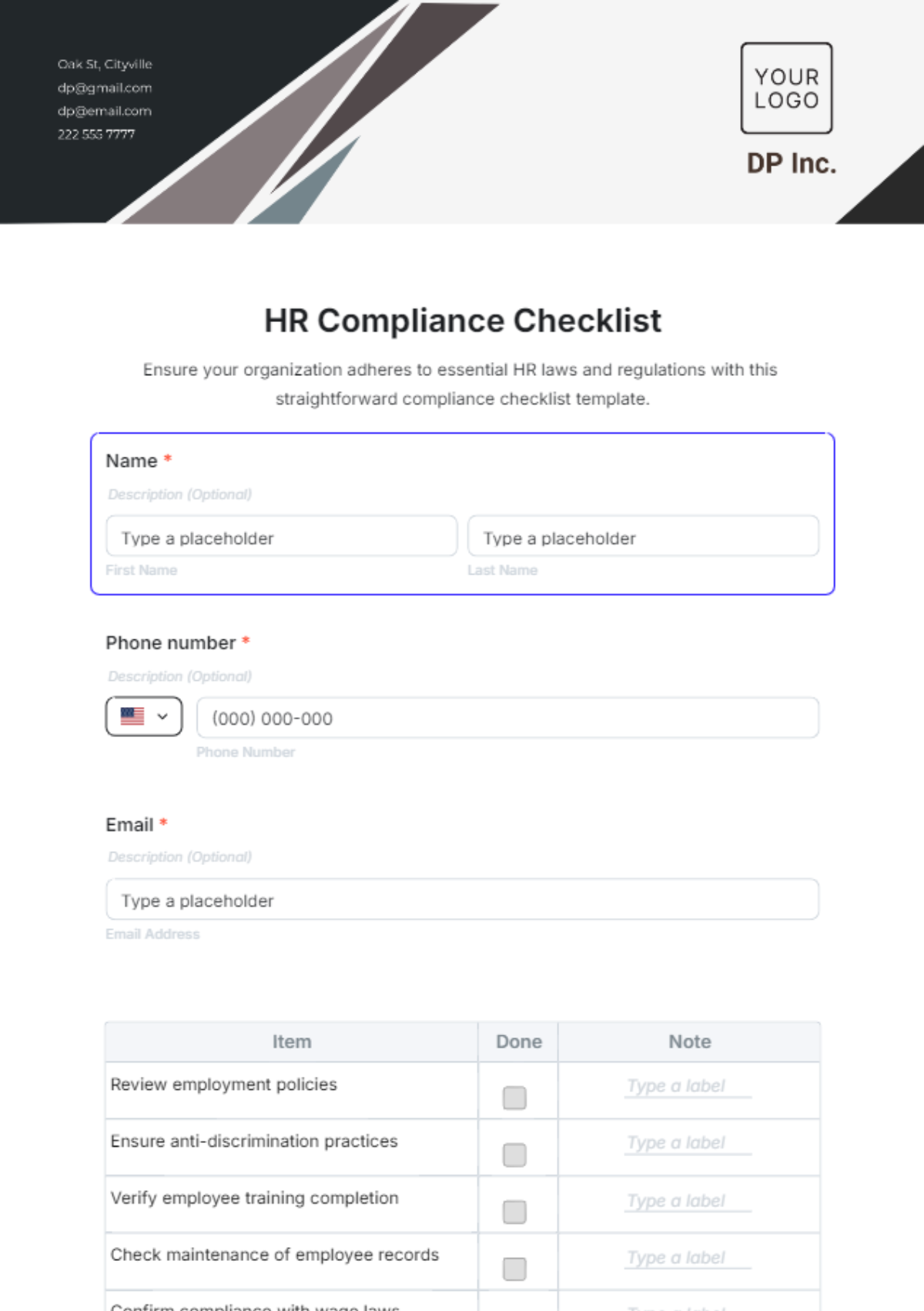Post-training Follow-up & Monitoring Guide
TABLE OF CONTENTS
1. Introduction................................................................................................................. 2
2. Objectives................................................................................................................... 2
3. Initial Follow-Up Actions........................................................................................... 3
3.1 Immediate Survey.................................................................................................... 3
3.2 Supervisor Debriefing............................................................................................. 3
4. Monitoring Metrics.................................................................................................... 4
5. Evaluation Methods................................................................................................... 5
5.1 Observations............................................................................................................. 5
5.2 Quarterly Reviews................................................................................................... 5
6. Ongoing Support....................................................................................................... 6
6.1 Refresher Courses................................................................................................... 6
6.2 Resource Portal....................................................................................................... 6
7. Reporting..................................................................................................................... 7
8. Appendix..................................................................................................................... 7
8.1 Sample Surveys........................................................................................................ 7
8.2 Sample Reporting Sheet......................................................................................... 8
Introduction
Welcome to the Post-training Follow-up & Monitoring Guide for [Company Name]. This comprehensive manual is your go-to resource for understanding how to optimize and measure the impact of the training programs you have completed. Post-training activities are as crucial as the training itself; hence, this guide offers a detailed roadmap for how to conduct these activities effectively. Designed primarily for [Job Position(s)], it focuses on delivering valuable insights into the metrics, evaluation techniques, and ongoing support initiatives that foster professional growth and ensure maximum return on investment (ROI) in training efforts.
The objectives of this guide are multi-fold: from providing immediate follow-up actions to establishing long-term monitoring metrics and offering ongoing support. Whether you are a manager seeking to understand how training has impacted your team, or an HR professional tasked with gauging the effectiveness of training programs, this guide serves as an invaluable tool for informed decision-making.
Within this manual, you'll find structured sections that guide you through initial actions, metrics to monitor, ways to evaluate improvements, and strategies for ongoing support and development. Follow the procedures, suggestions, and best practices outlined here to ensure that the investments made in training are effectively translated into tangible benefits for both individuals and the organization.
Objectives
The primary objectives of this Post-training Follow-up & Monitoring Guide are to:
● Evaluate the Long-term Impact of Training Programs: The first and foremost objective is to assess how training programs have impacted both individual and organizational performance over an extended period. This evaluation is not just about immediate gains but also about how training contributes to long-term business goals and objectives.
● Monitor Performance and Behavior Changes: Another crucial objective is to track any changes in employee performance or behavior that can be attributed to the training. This involves comparing pre-training and post-training key performance indicators (KPIs), as well as observing new skills or competencies in action.
● Ensure Maximum ROI from Training: One of the primary concerns of any training initiative is its cost-effectiveness. This guide aims to provide a structured way to calculate and maximize the ROI from training programs by offering actionable steps and metrics for evaluation.
● Provide Ongoing Support for Continuous Improvement: Finally, training is not a one-time event but a continuous process. This guide focuses on ensuring that employees receive ongoing support in the form of additional resources, coaching, or follow-up training modules to ensure that learning is applied effectively on the job and contributes to continuous improvement.
By focusing on these four key objectives, this guide aims to offer a holistic and structured approach to post-training activities, thereby ensuring that training programs deliver sustained value to both the individual employee and the organization as a whole.
Initial Follow-Up Actions
3.1 Immediate Survey
After the completion of any training program, it is essential to gauge the immediate reactions of the participants. Distribute a post-training survey as soon as the training session ends. The survey should be designed to collect initial impressions, including what participants found useful, areas for improvement, and any challenges they may have faced during the training. Quick feedback is crucial for identifying any immediate issues that need to be addressed and serves as a primary data point for assessing the training's initial effectiveness.
3.2 Supervisor Debriefing
Within a week of completing the training, arrange a one-on-one debriefing meeting between the trainee and their immediate supervisor. The supervisor should have a structured discussion format that allows the trainee to reflect on their training experience openly. The focus of this meeting is to understand the immediate takeaways, how the trainee plans to apply them in their job role, and to identify any gaps or additional support required. This meeting is also an opportunity for supervisors to align the training outcomes with ongoing projects and performance objectives, thereby integrating the training into the work process.
By implementing these initial follow-up actions, you lay the groundwork for a structured, longer-term evaluation process. Immediate feedback and early discussions contribute to a more nuanced understanding of the training's effectiveness and can help in making real-time adjustments to post-training support mechanisms.
4. Monitoring Metrics
After the initial follow-up actions have been executed, the next crucial phase in post-training follow-up is to monitor and measure key performance indicators (KPIs). Monitoring allows the organization to track the real-world impact of the training program over time, thereby ensuring maximum ROI and continuous improvement. This chapter outlines the key metrics that [Company Name] recommends for effective monitoring, along with a description of what each metric aims to capture. Additionally, the monitoring frequency for each metric is provided to guide how often these metrics should be evaluated. The table below serves as a quick reference for these monitoring metrics.
Metric | Description | Monitoring Frequency |
Skill application | Frequency of using learned skills | Monthly |
KPI Improvement | Change in performance metrics | Quarterly |
By paying close attention to these metrics, [Company Name] can ensure that the training programs are not just one-off events, but catalysts for ongoing performance improvement and organizational growth.
Evaluation Methods
To accurately assess the impact of the training programs, a variety of evaluation methods should be employed. These methods complement the monitoring metrics by offering a more nuanced understanding of how the training has affected performance, behavior, and business outcomes. The following sections detail the primary evaluation methods used by [Company Name] for post-training follow-up and monitoring.
5.1 Observations
Observations involve direct oversight by supervisors or team leads to gauge the application of new skills in the workplace. This hands-on approach allows for real-time feedback and immediate adjustment, if necessary. Observations are usually done unobtrusively to avoid influencing employee behavior. The key aspect here is to determine how effectively the employee is utilizing the skills learned during training in their day-to-day tasks. Supervisors should have a checklist of behaviors or skills to watch for, which aligns with the objectives of the training program.
5.2 Quarterly Reviews
Quarterly reviews are more formal, structured assessments that take place at regular intervals, typically every three months. These reviews offer a platform for an in-depth discussion between the employee and their supervisor. Key performance indicators (KPIs), such as productivity levels, customer satisfaction, or any other metric relevant to the role, are assessed in detail during these reviews. This method allows for a long-term analysis of how the training has positively or negatively impacted job performance.
By employing a combination of observations and quarterly reviews, [Company Name] aims to provide a holistic evaluation system that captures both the immediate and long-term impacts of its training programs.
Ongoing Support
Sustaining the benefits of training is as important as the initial education itself. To ensure that employees not only implement what they've learned but also continue to grow and improve, [Company Name] has put in place several support mechanisms. These are designed to provide ongoing aid and resources for employees, thereby facilitating a culture of continuous learning and development.
6.1 Refresher Courses
To maintain the effectiveness of the training programs and to account for any updates in the industry standards or company policies, [Company Name] offers quarterly refresher courses. These are concise training sessions focused on revisiting key concepts, updating employees on new best practices, and addressing any questions or concerns they may have. These refresher courses serve as a checkpoint to assess the long-term retention of skills and knowledge, and they provide an opportunity for employees to recalibrate their understanding of their job roles.
6.2 Resource Portal
Recognizing the need for a centralized source of information, [Company Name] maintains a dedicated resource portal that houses all training materials, including but not limited to handbooks, video tutorials, and FAQ sections. This portal is accessible at all times and is regularly updated to reflect the most current information. Employees are encouraged to utilize this portal for quick clarifications, to refresh their understanding, or to deepen their knowledge on specific subjects. It serves as an evergreen resource that supplements the formal training and refresher courses, providing continuous support for skill and knowledge retention.
By offering these avenues for ongoing support, [Company Name] ensures that employees have all the tools they need for successful application and continual improvement of their skills and competencies
Reporting
To ensure that all post-training activities and evaluations are systematically recorded and assessed, employees are required to submit a semi-annual report to the HR department. This report should provide a comprehensive overview of all key metrics, including skill application frequency, KPI improvements, and any other relevant performance indicators. The aim is to collate this data to identify trends, measure the long-term impact of the training programs, and make data-driven decisions for future training initiatives. These reports must be submitted via [Company Email] and will serve as an essential component in the ongoing effort to optimize the return on investment from training and development programs.
Appendix
8.1 Sample Surveys
Post-Training Evaluation Survey
Overall, how would you rate the training program?
Excellent
Very Good
Good
Fair
Poor
What did you like most about the training?
Content
Presentation
Activities
Trainer's knowledge
Others (please specify): ___________
What aspects of the training could be improved?
(Open-ended question, please write your response)
Have you been able to apply the skills learned?
Yes
No
Somewhat
Not applicable
Would you recommend this training to your colleagues?
Yes
No
8.2 Sample Reporting Sheet
Post-Training Follow-up & Monitoring Report
Metric | Pre-Training Value | Post-Training Value | Percentage Improvement |
Skill Application Frequency | 50% | 70% | 20% |
KPI Improvement | 30% | 45% | 15% |
Observations:
● Increase in skill application has led to more efficient task completion.
● KPI improvement noted in areas related to the training.
Recommendations:
● Consider more advanced modules to further improve skill application.
● Organize refresher courses to maintain high KPI levels.
Please note that the above templates are samples and should be customized to meet the specific needs and objectives of your organization.
This guide serves as a comprehensive outline for following up and monitoring training programs at [Company Name]. Should you have any questions or require further information, please contact [Company Email].
End of Guide


